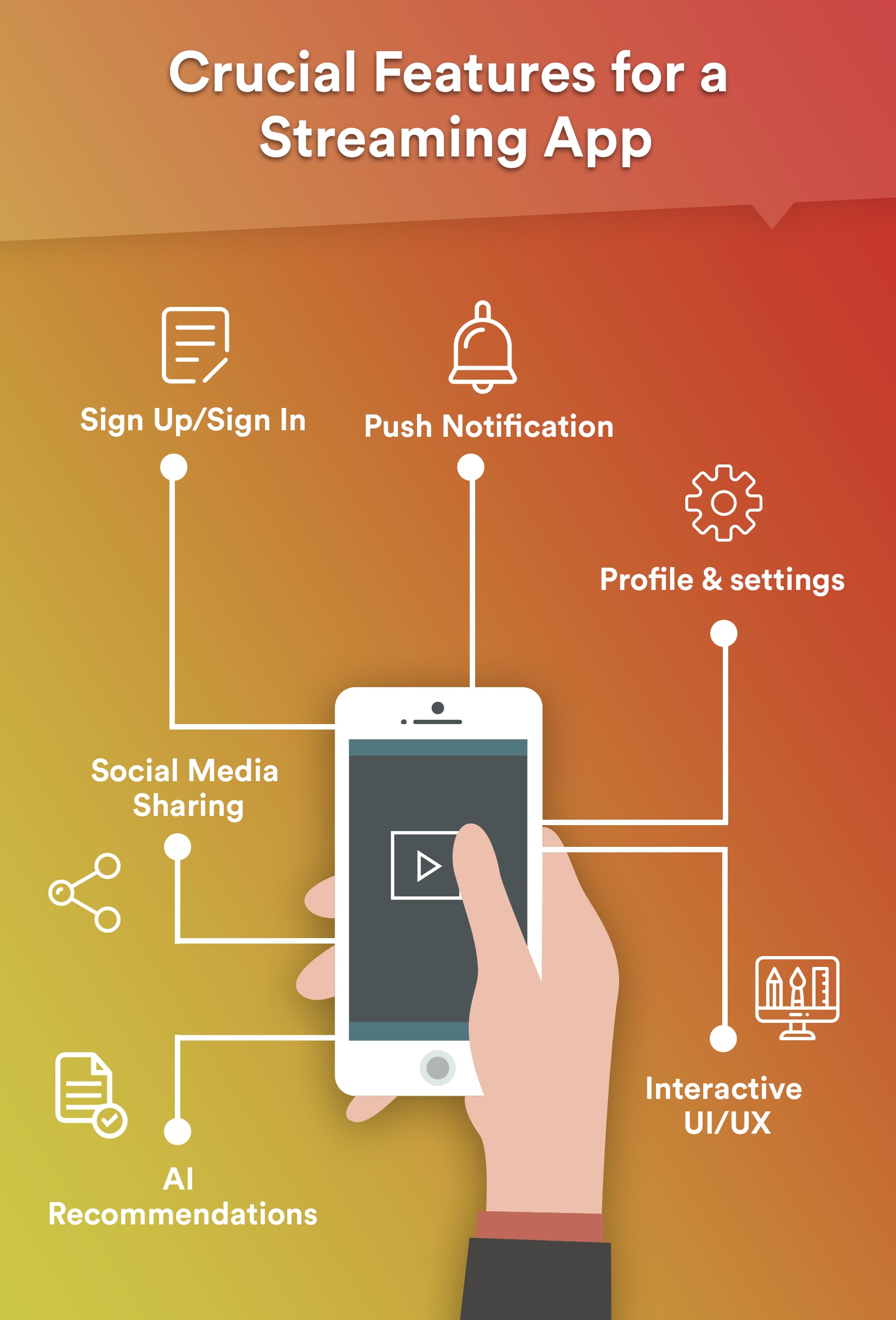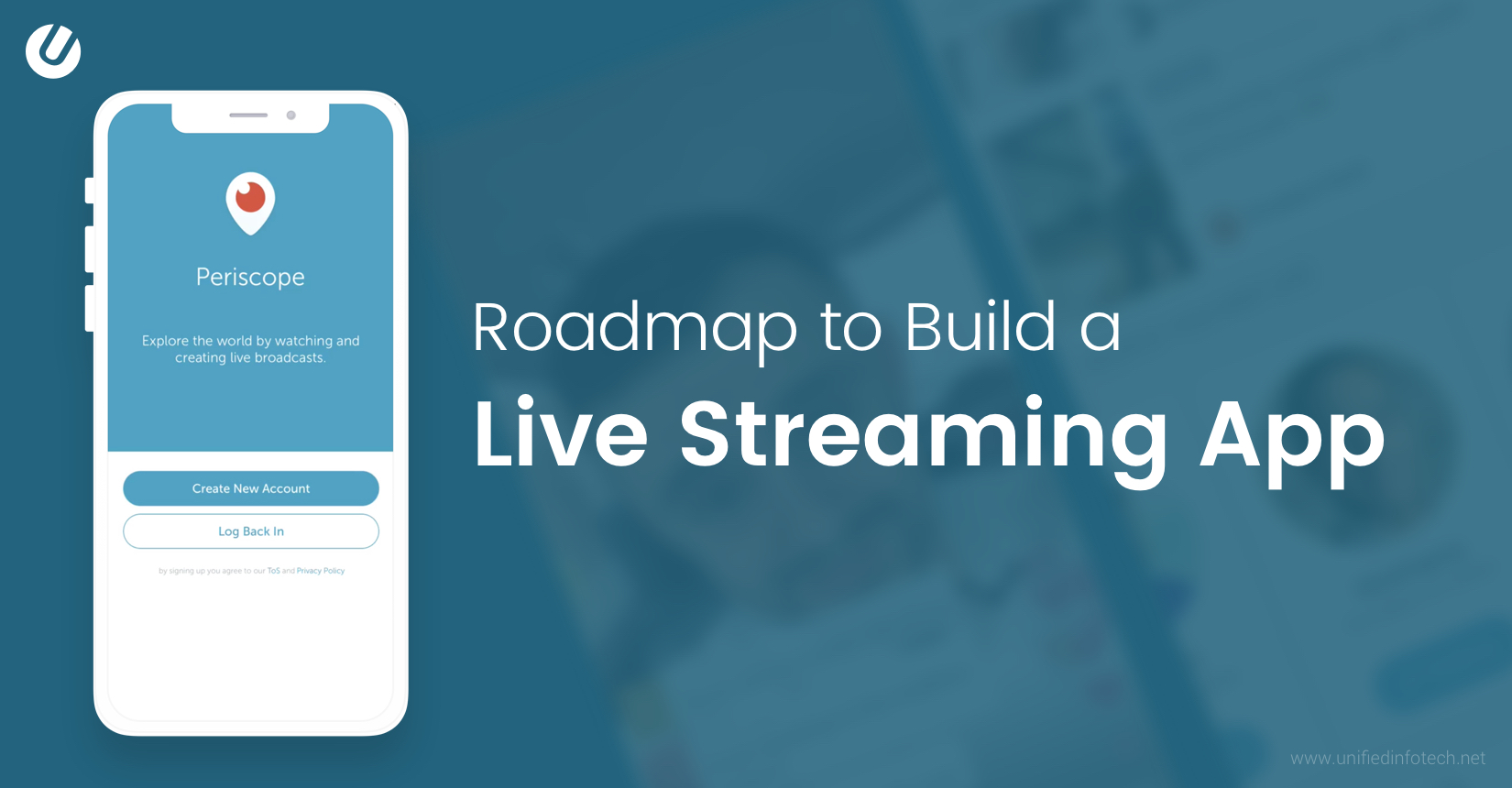1. **Introduction to Live Streaming Apps**
- Definition and significance
- Growth and popularity in recent years
2. **Understanding the Basics**
- What is live streaming?
- How do live streaming apps work?
3. **Key Features of Live Streaming Apps**
- High-quality video and audio streaming
- Interactive features like chat and comments
- Social media integration
- Customization options for content creators
- Monetization options
4. **Building a Live Streaming App: Step-by-Step Guide**
- Market research and identifying target audience
- Platform selection: iOS, Android, or both
- Choosing the right technology stack
- Designing user-friendly interface
- Development and testing phase
- Deployment and launch strategy
5. **Factors Influencing the Cost**
- Complexity of features
- Development team expertise
- Platform choice
- Integration with third-party services
- Maintenance and updates
6. **Estimating Development Costs**
- Breakdown of expenses: development, design, testing, etc.
- Consideration of ongoing costs like hosting and maintenance
7. **Tips for Cost Optimization**
- Prioritize features based on MVP (Minimum Viable Product)
- Outsourcing vs. in-house development
- Agile development approach for flexibility
8. **Case Studies of Successful Live Streaming Apps**
- Twitch
- YouTube Live
- Facebook Live
- Instagram Live
9. **Future Trends in Live Streaming**
- Augmented Reality (AR) and Virtual Reality (VR) integration
- 5G technology advancements
- Personalization and recommendation algorithms
10. **Conclusion**
- Recap of key points
- Importance of considering both features and cost in app development
- Encouragement for entrepreneurs to explore the live streaming market
**How to Build a Live Streaming App: Features and Cost**
Live streaming apps have revolutionized the way we consume content, allowing users to connect with their favorite creators and experience events in real-time. Whether it's watching a gaming tournament, attending a virtual concert, or hosting a cooking show, live streaming has become an integral part of our digital landscape.
Introduction to Live Streaming Apps
In recent years, live streaming apps have witnessed exponential growth, fueled by advancements in technology and changing consumer preferences. These apps enable users to broadcast live video content over the internet, engaging audiences in real-time conversations and interactions.
Understanding the Basics
Live streaming involves transmitting video and audio content over the internet in real-time. Unlike pre-recorded videos, live streams are unedited and offer an authentic and immediate experience to viewers. Live streaming apps facilitate this process by providing users with tools to broadcast, share, and interact with live content seamlessly.

Key Features of Live Streaming Apps
High-quality video and audio streaming
Live streaming apps prioritize delivering high-definition video and clear audio to ensure an engaging viewing experience for users.
Interactive features like chat and comments
To foster community engagement, live streaming apps incorporate interactive features such as chat rooms, comments, and reactions, allowing viewers to communicate with the broadcaster and each other in real-time.
Social media integration
Integration with social media platforms enables users to share live streams with their friends and followers, increasing visibility and audience reach.
Customization options for content creators
Live streaming apps offer customization tools for content creators to personalize their broadcasts with branded overlays, logos, and graphics.
Monetization options
To incentivize content creation, live streaming apps provide monetization options such as subscriptions, donations, sponsorships, and advertising revenue sharing.
Building a Live Streaming App: Step-by-Step Guide
Market research and identifying target audience
Before embarking on app development, conduct thorough market research to identify your target audience, their preferences, and existing competitors in the live streaming space.
Platform selection: iOS, Android, or both
Choose the platform(s) for your app based on your target audience demographics and market trends. Consider developing for both iOS and Android to maximize reach.
Choosing the right technology stack
Selecting the appropriate technology stack is crucial for the performance and scalability of your live streaming app. Consider factors such as video encoding, server infrastructure, and real-time communication protocols.
Designing user-friendly interface
Design an intuitive and user-friendly interface that enhances the live streaming experience and encourages engagement. Prioritize simplicity and ease of navigation.
Development and testing phase
Collaborate with experienced developers to build and test your live streaming app, ensuring compatibility across different devices and platforms.
Deployment and launch strategy
Plan a strategic launch strategy to generate buzz around your app and attract initial users. Utilize social media, influencer partnerships, and targeted advertising to promote your app effectively.
Factors Influencing the Cost
Building a live streaming app involves various factors that influence the overall cost of development and maintenance.
Complexity of features
The complexity and sophistication of features incorporated into your live streaming app will significantly impact development costs.
Development team expertise
Hiring skilled developers and engineers with experience in live streaming technology may require a higher investment but ensures quality and reliability.
Platform choice

Developing for multiple platforms, such as iOS, Android, and web, will incur additional costs compared to focusing on a single platform.
Integration with third-party services
Integrating third-party services like cloud hosting, analytics, and payment gateways adds to the development cost but enhances the functionality of your app.
Maintenance and updates
Factor in ongoing maintenance and updates to keep your live streaming app secure, up-to-date, and competitive in the market.
Estimating Development Costs
When estimating the development costs of your live streaming app, consider the following expenses:
Breakdown of expenses: development, design, testing, etc.
Allocate budget for different aspects of app development, including software development, UI/UX design, quality assurance, and project management.
Consideration of ongoing costs like hosting and maintenance
In addition to upfront development costs, budget for ongoing expenses such as hosting fees, server maintenance, and technical support.
Tips for Cost Optimization
To optimize costs and maximize ROI when building a live streaming app, consider the following strategies:
Prioritize features based on MVP (Minimum Viable Product)
Focus on essential features that provide value to users and launch your app with a minimum viable product. You can always add more features in future updates based on user feedback and market demand.
Outsourcing vs. in-house development
Evaluate the pros and cons of outsourcing development to third-party agencies versus establishing an in-house development team. Outsourcing may be more cost-effective for smaller projects or startups with limited resources.
Agile development approach for flexibility
Adopt an agile development methodology to iteratively build and improve your live streaming app, allowing for flexibility and adaptation to changing requirements and market dynamics.





